Gregor and I were super excited to enter Argentina. We were 19 months into our Pan-American journey and we still hadn’t set Lucky’s wheels on Argentine soil. There was a good reason to wait: we needed Lucky to be in tip-top shape before entering the country. Frankly, Argentina is not the place for your vintage camper van to have a breakdown. Reputable VW mechanics are scarce and foreign car parts are inaccessible due to the country’s unfavourable import policies.
After our month-long visit to Winnipeg, we returned to Chile’s capital city of Santiago with a duffle bag full of VW parts and accessories for Lucky. While I took care of domestic duties and trip planning at our AirBnB rental, Gregor installed all the parts on our van.
You’ll notice that there aren’t any pictures of me actually doing anything productive in Santiago, but I can assure you that taking care of Gregor (and documenting this road life) is a full time job.
Crossing the Andes
Once Lucky was ready to rock, we left Chile and drove east to Argentina. The two countries are separated by the Andes, the longest continental mountain chain in the world. The border control complex sits at a lofty elevation of 3,200 m (10,499 ft). Climbing up the switchbacks to the mountain pass was not particularly speedy in our van, but we made it just fine.
When we arrived at the border control to enter Argentina, the officials directed us into a multi-lane line-up of about 200 cars. At first, we thought we were in the wrong place – surely not ALL these people wanted to enter Argentina!
I asked an official if we made a wrong turn, and he confirmed that we were in the right place. Then I asked the Argentinian driver in the next vehicle if this long queue was normal. “It’s always like this,” he said, shrugging his shoulders.
It was 4:00 pm on Sunday afternoon. We intentionally picked a Sunday crossing because we knew that Santiago traffic would be much lighter and less stressful on a Sunday. What we didn’t know was that Argentinians like to go to Chile on weekends to shop for higher-quality international goods that they can’t get in Argentina.
So what do Argentine weekend-vacation shoppers do? They all come home on Sunday. We waited in that border line-up for four hours.
Every vehicle and every piece of baggage on every tour bus was searched. There were huge families huddled beside open car trunks with newly purchased computers and flat screen TVs. There were dozens of bus passengers hovering over long tables with their open luggage, ready for inspection. Unwashed truckers were lined up at the customs kiosks with documents in hand. Well-groomed women were lined up at the washroom with toilet paper in hand.
Oddly, nobody at the border seemed particularly annoyed or impatient. This was just a normal day. And that was our introduction to Argentina.
We finally left the Argentinian border control at 8:00 pm. Both exhausted, we decided to sleep in a hotel parking lot about 10 km down the road.
Coincidentally, this was same hotel where Gregor and I stayed in 2012 before climbing Mt. Aconcagua, the highest mountain in the Americas (6,961 m / 22,838 ft). In the morning, we drove to the site where we started our 15-day climb on Aconcagua’s “360°” route four years earlier. It felt so good to be back there.
Getting Cash
We continued east towards Mendoza, the epicentre of Argentina’s most famous wine-making region.
One of the first things we did upon arrival was get some Argentine pesos. Normally, we would withdraw money at an ATM to obtain local currency. However, the ATMs in Argentina have super high transactions fees for super low withdrawal limits. For example, one ATM charged $8.50 CAD for a maximum withdrawal of $185 CAD – a 4.6% transaction fee! If we add the $2.00 CAD that our Canadian bank charges for each international withdrawal, that’s a 5.7% transaction fee!
What’s worse is that $185 CAD doesn’t get you very far. The cost of many Argentinian goods and services is similar to or more than what we would pay in Canada.
The low ATM withdrawal limits are an artifact of Argentina’s 2001 economic debt crisis. At that time, Argentines were threatened by the devaluation of the peso and started emptying their bank accounts. In response, the government capped withdrawals to $250 USD per week. In 2002 the peso plummeted and the country defaulted on $140 billion USD in foreign debt (one of the largest defaults in world history).
Thanks to the Interweb, we were forewarned about the ludicrous ATM fees. We were also warned that sometimes the ATMs run out of money or simply don’t work at all. The travel blogs and online forums all confirmed that the most cost-effective way to obtain Argentine pesos is to exchange US dollars. So while we were in Winnipeg, we stuffed our money belts with thousands of US dollars and carried the cash on the plane back to Santiago.
Exchanging the dollars for pesos was a strange experience. We brought $3000 US cash to Mendoza and bartered for an exchange rate with a young money-changer on the street. Then he took us to the basement of a shopping complex and led us into a tiny little storefront with frosted windows. After shutting the door behind us, two older Guido-type fellas pulled out bundles of Argentine pesos wrapped in dirty rubber bands. We exchanged the money and the five of us stood there counting cash like we had just robbed a bank.
Satisfied with the transaction, we all shook hands and then Gregor and I walked very quickly back to the van. We stashed the pesos in our hidden safe and, in true gangster style, we went out for a nice dinner.
That night, we slept in a parkade in central Mendoza because the nearby campground was closed and it was tough to find cheap accommodation with secure parking for Lucky. We decided to move on the next day, and wanted to get a bite to eat before we left the city. It was 2:00 pm and everything was closed.
Ah, yes, the Argentine afternoon siesta. In towns and small cities throughout the country, businesses shut down for about 3-5 hours in the middle of the day. This includes banks, shops, small grocery stores, and restaurants. You can imagine what a nightmare this could be for a hungry traveller. No wonder the Argentine economy is so bad, we thought – nobody is actually working!
We eventually found a mom-and-pop joint that was open and consumed two mediocre-tasting burgers and a bottle of coke (lunch tab: $12 CAD/$9 USD). After several unsatisfying burps, it was time to go.
Since our first day in Argentina, we have passed through many small towns and mid-sized cities. It was not uncommon for us to see line-ups at the banks, with people spilling onto the sidewalks outside. I once asked a lady in line why the queue was so long. “Oh, it’s always like this,” she said, shrugging her shoulders. Welcome to Argentina.

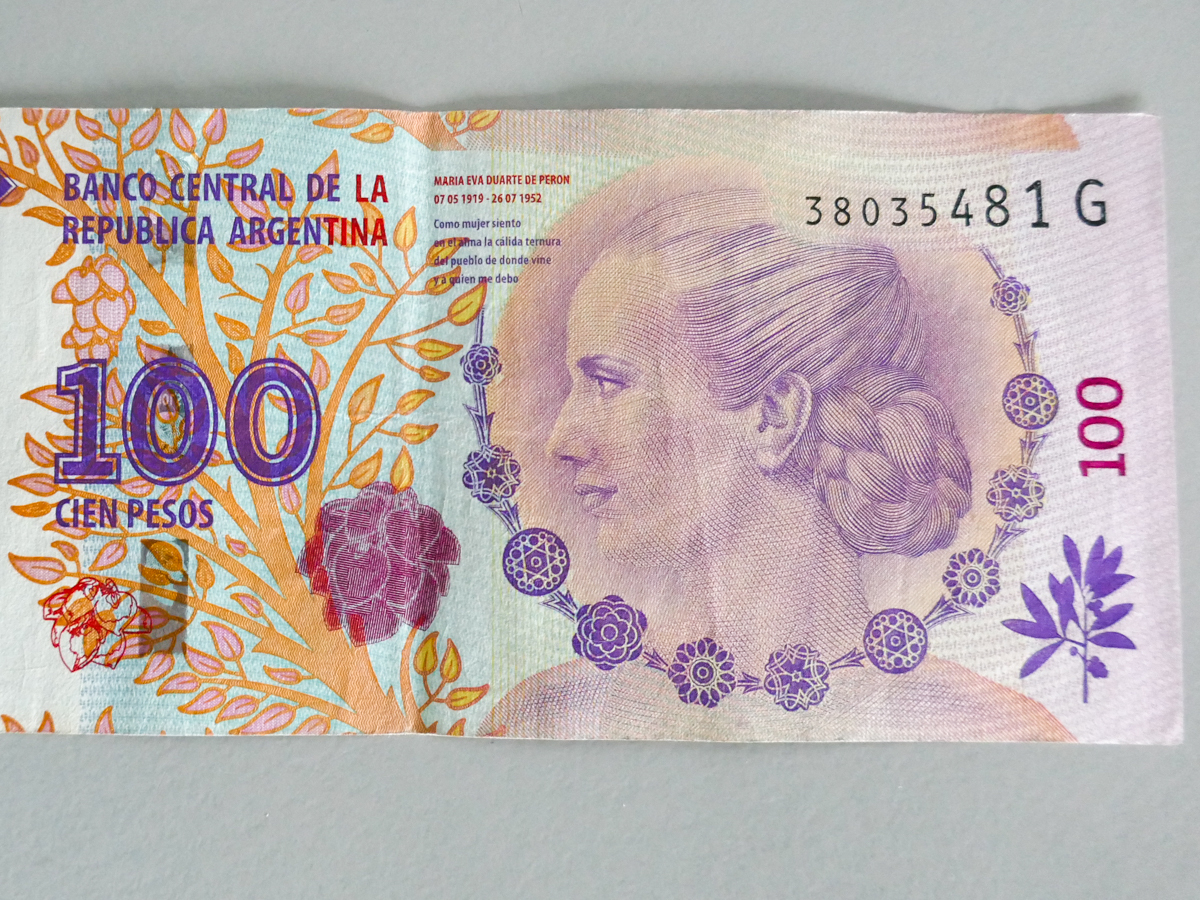
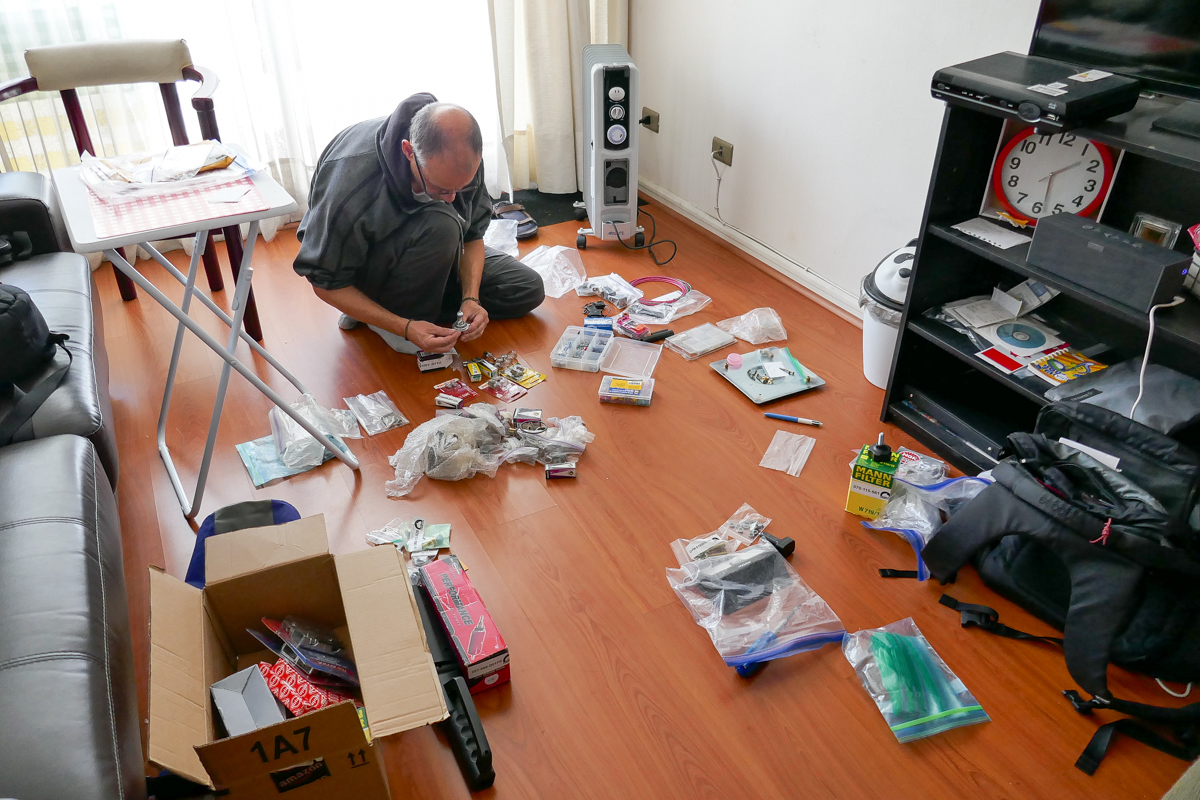
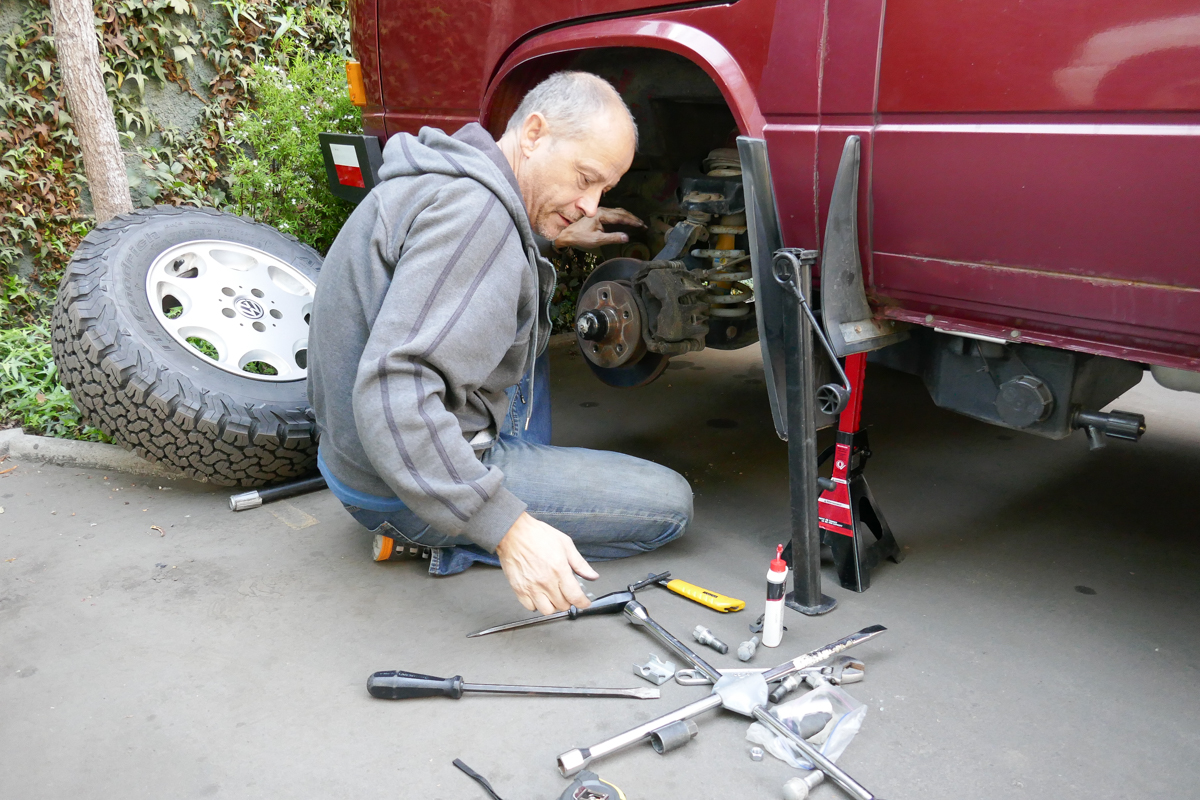
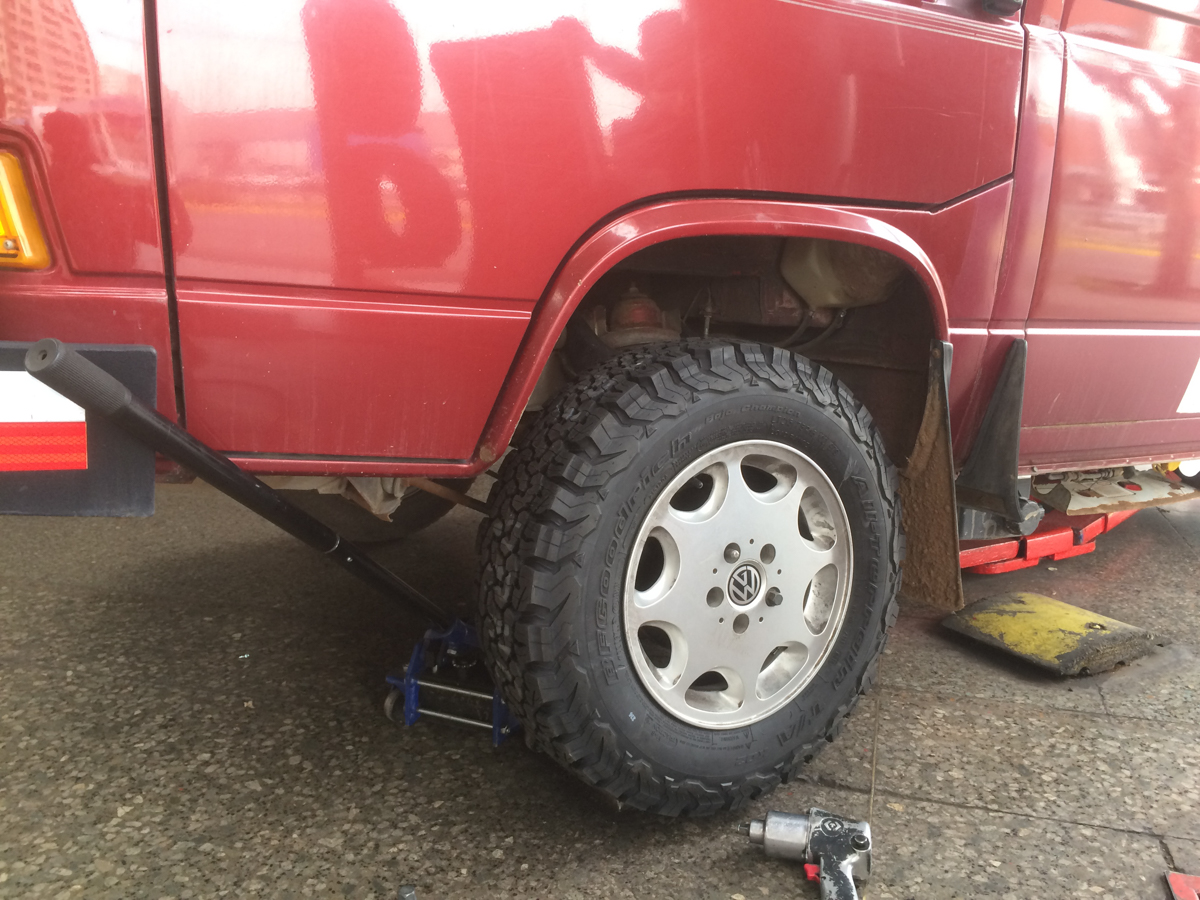
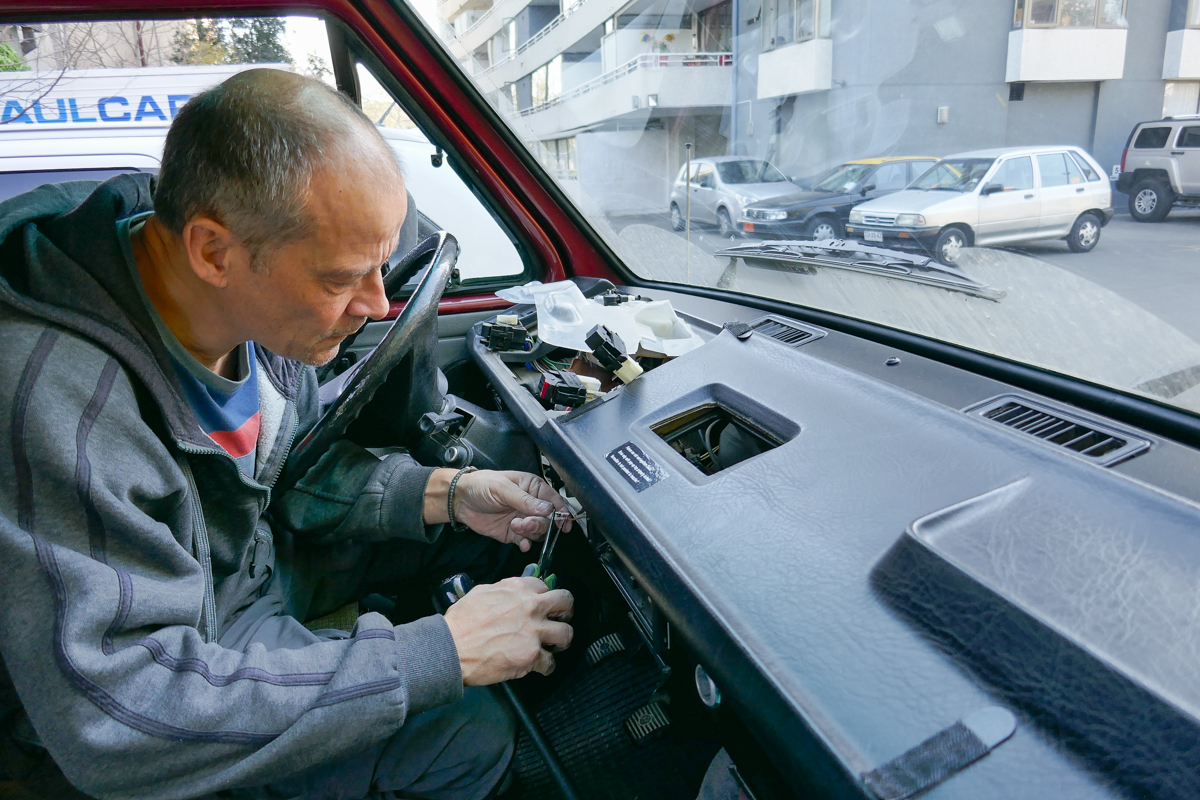
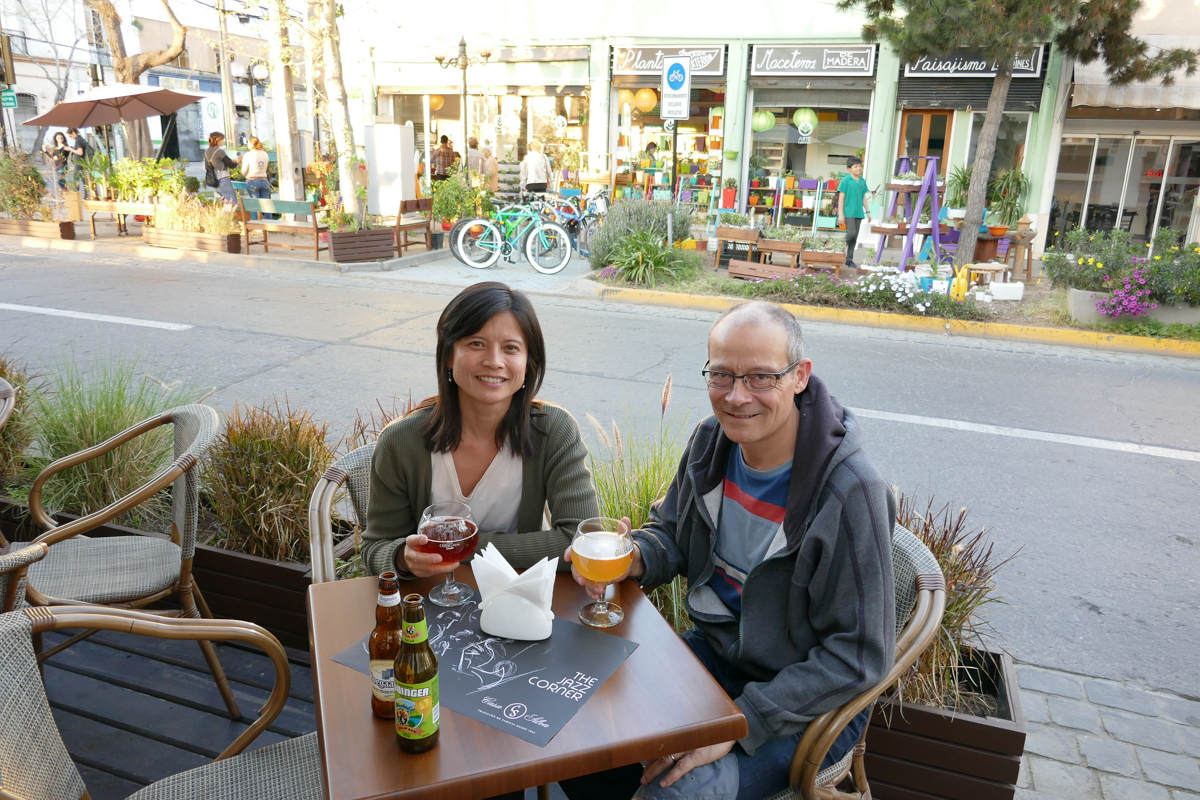
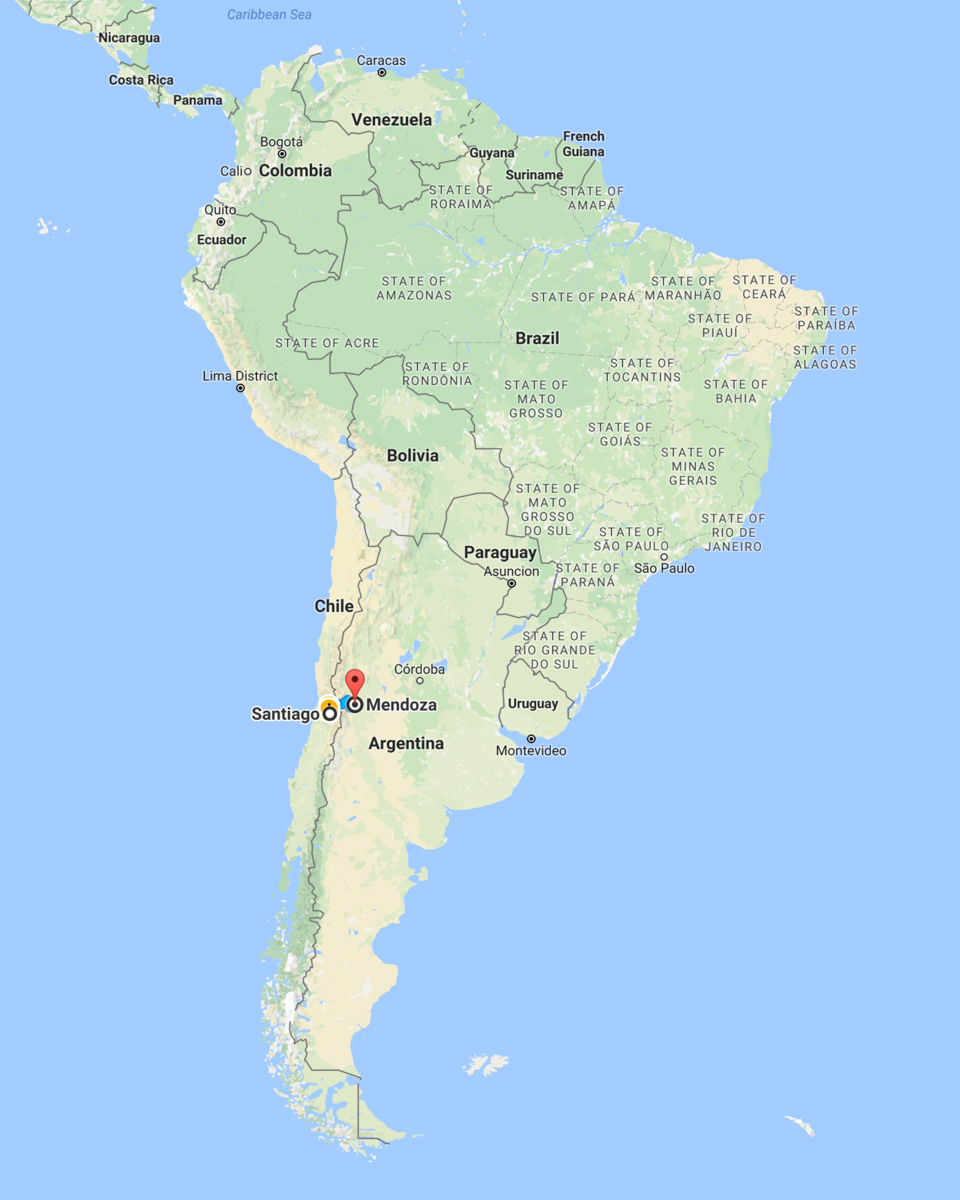
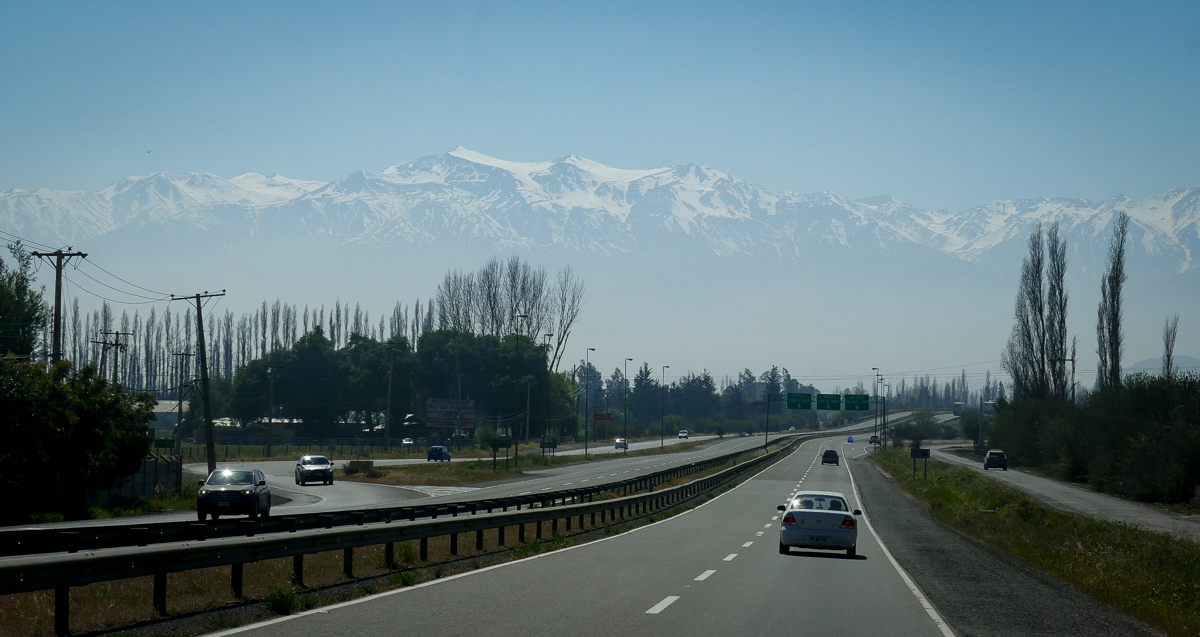
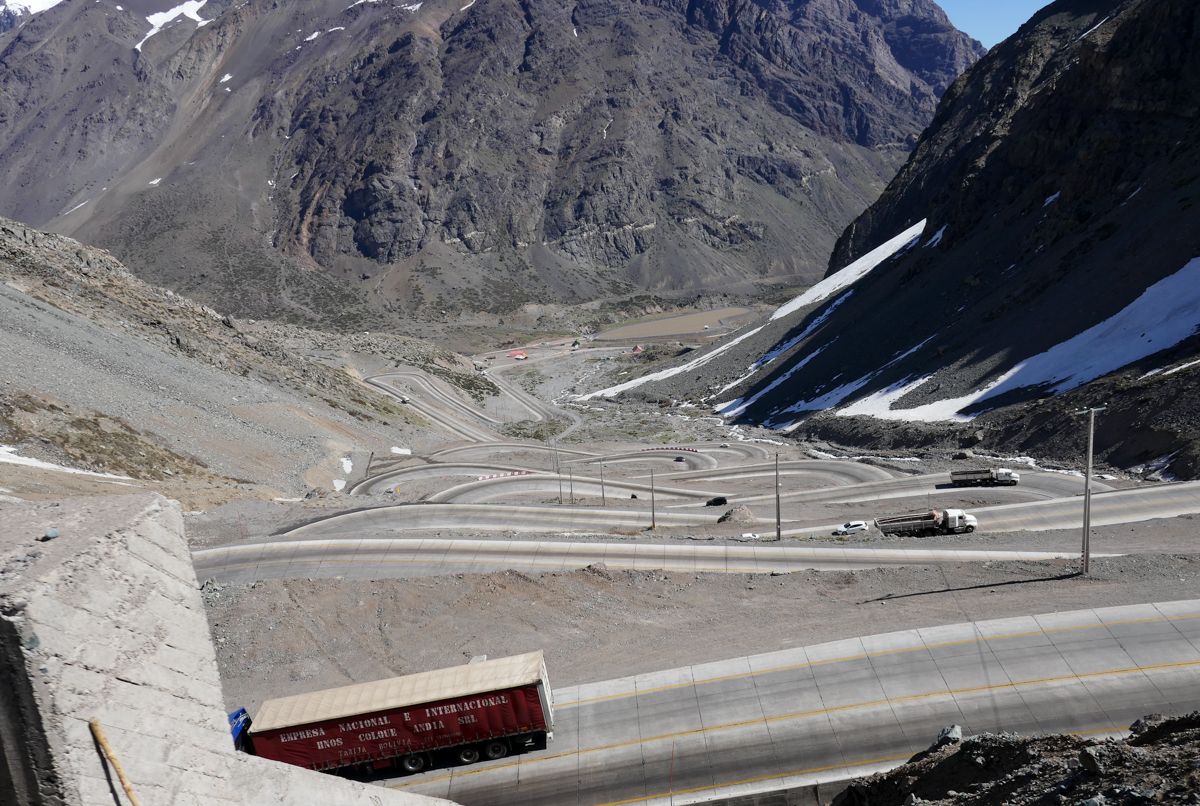

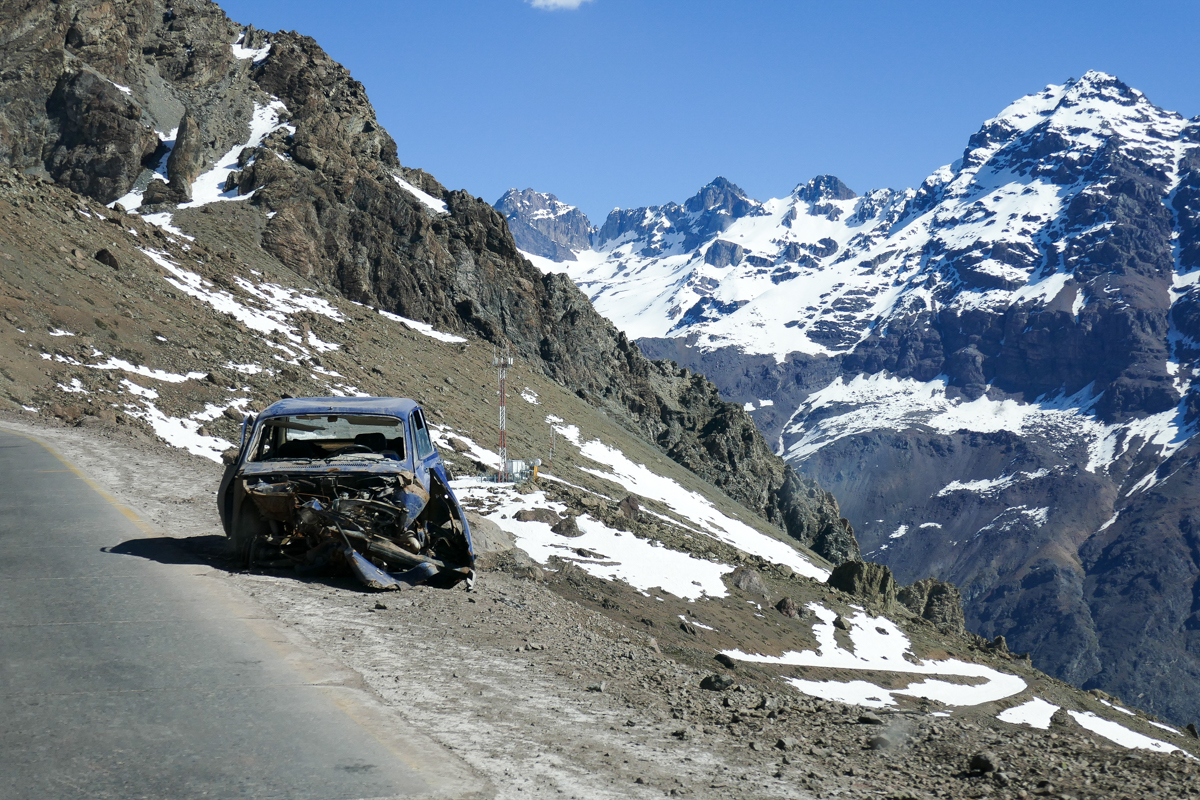
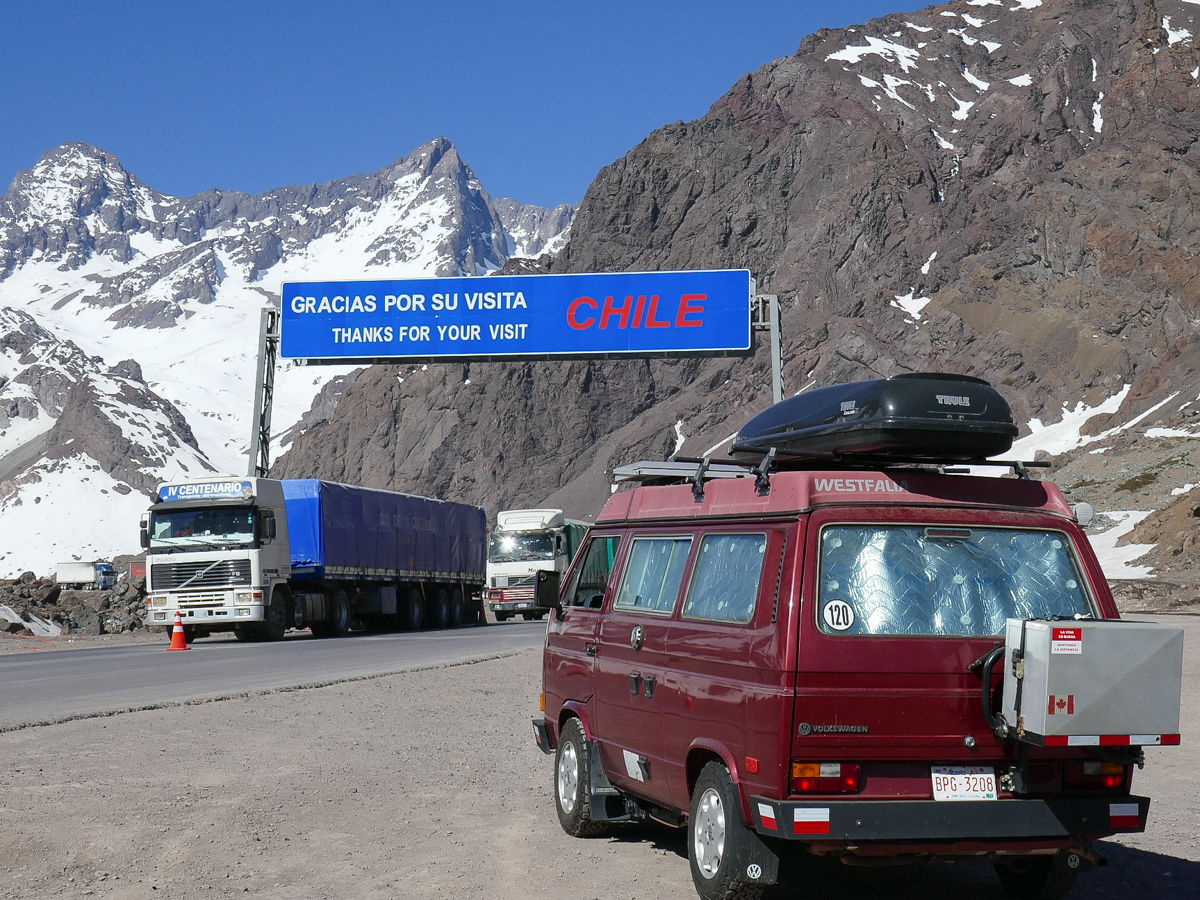
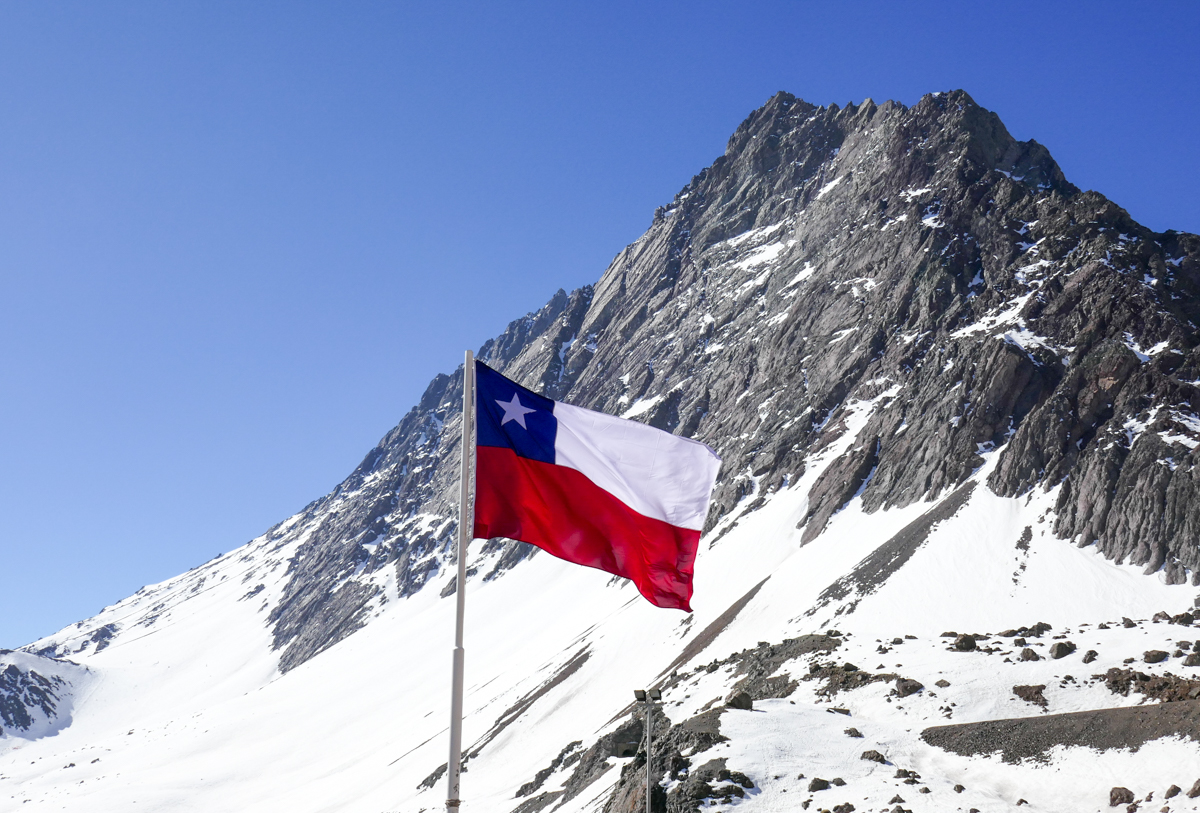
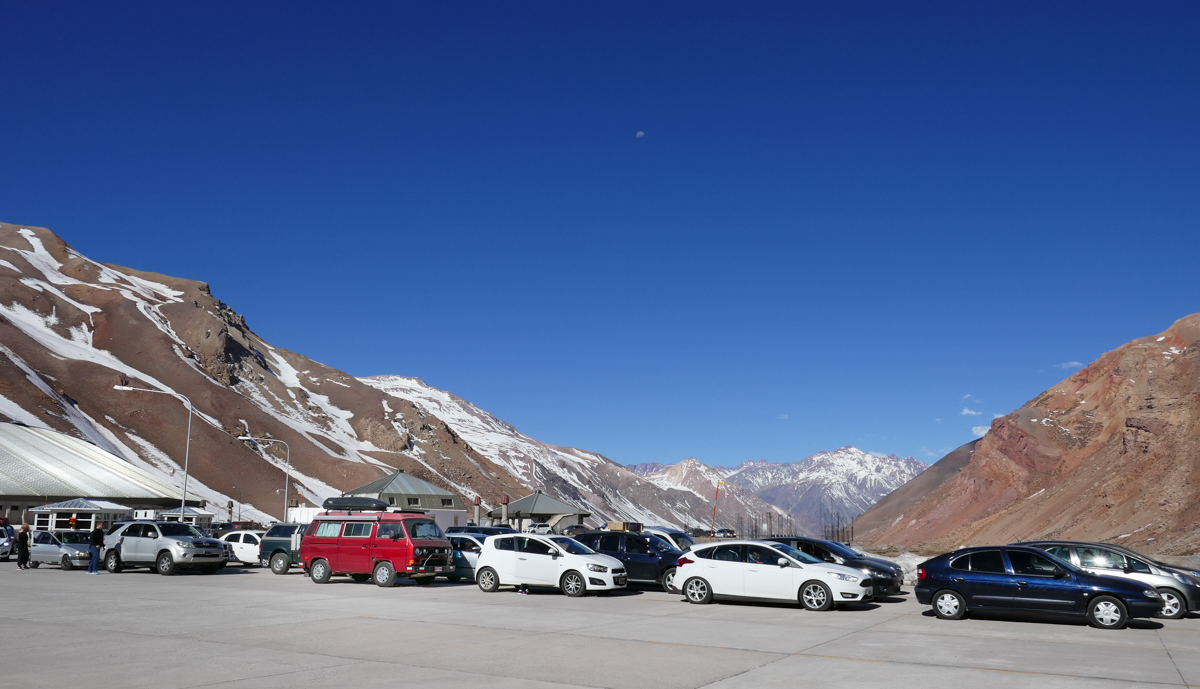
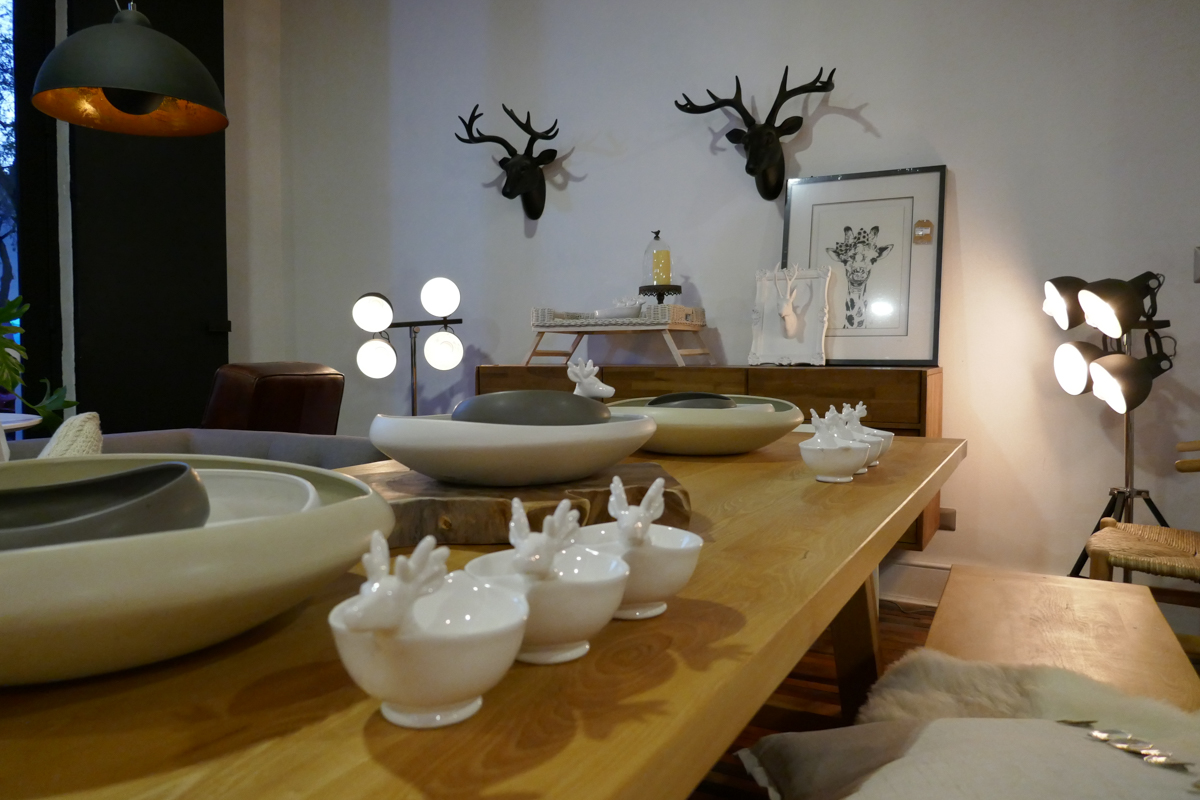
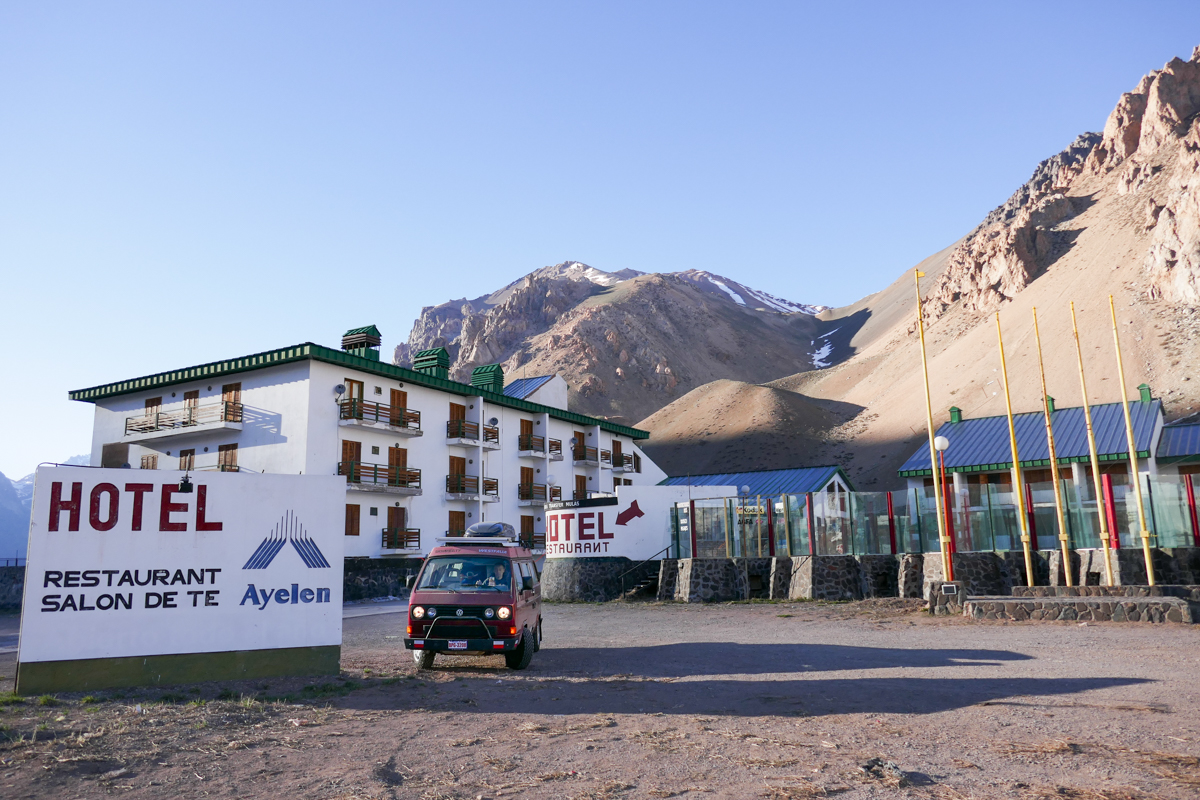
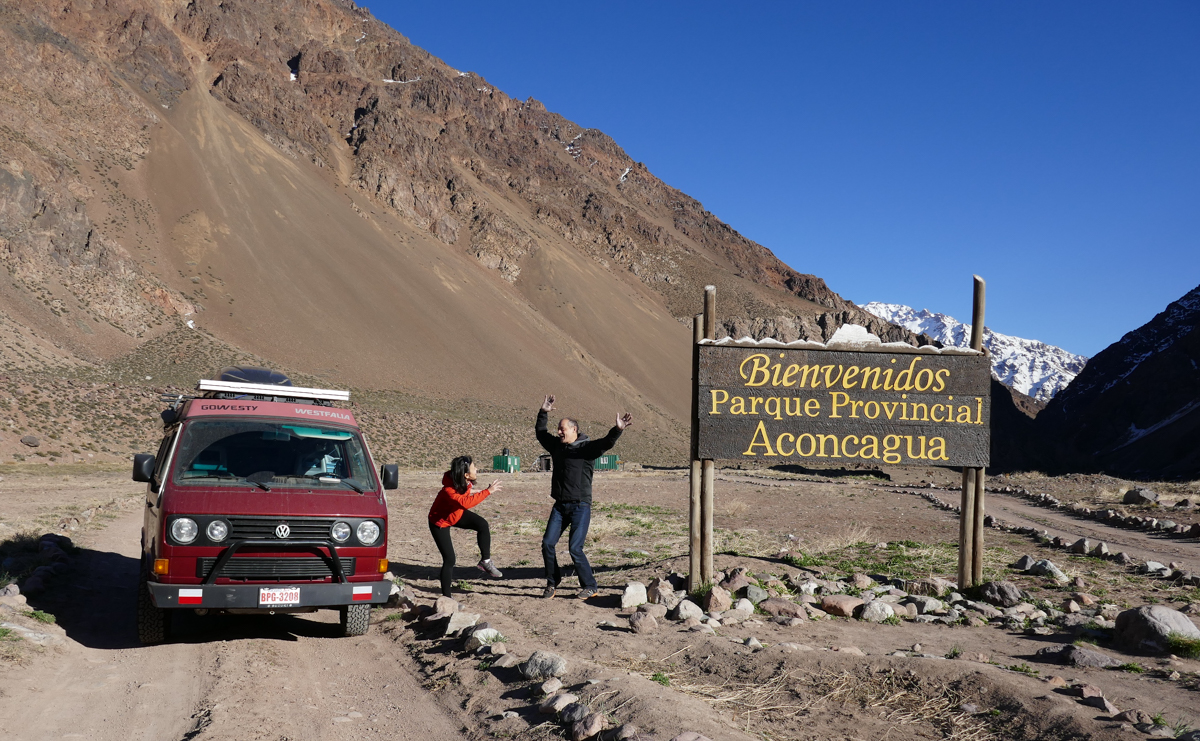
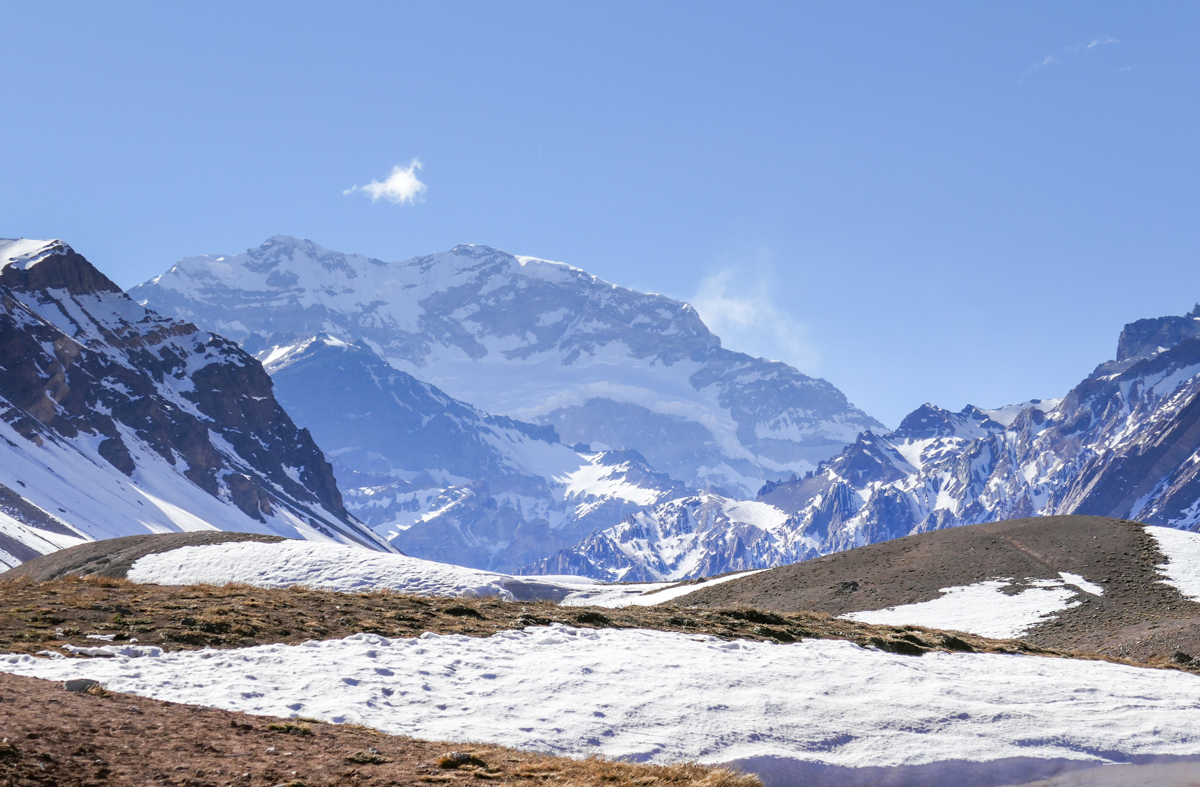
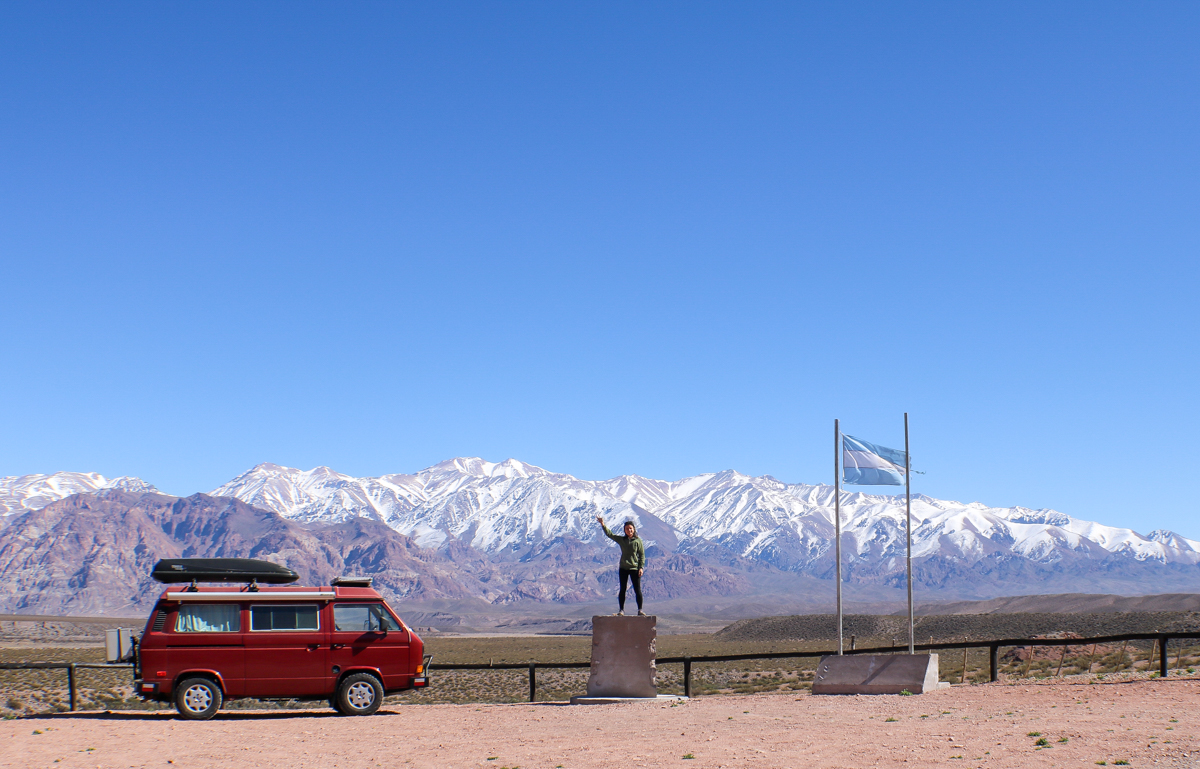
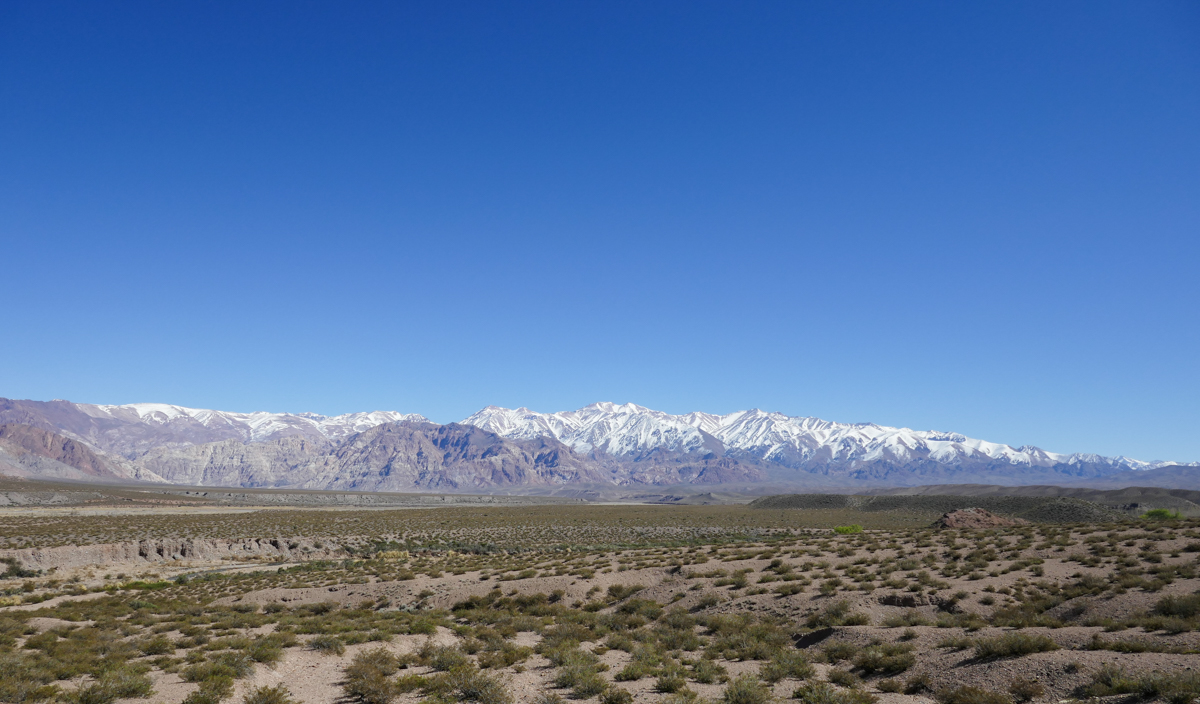
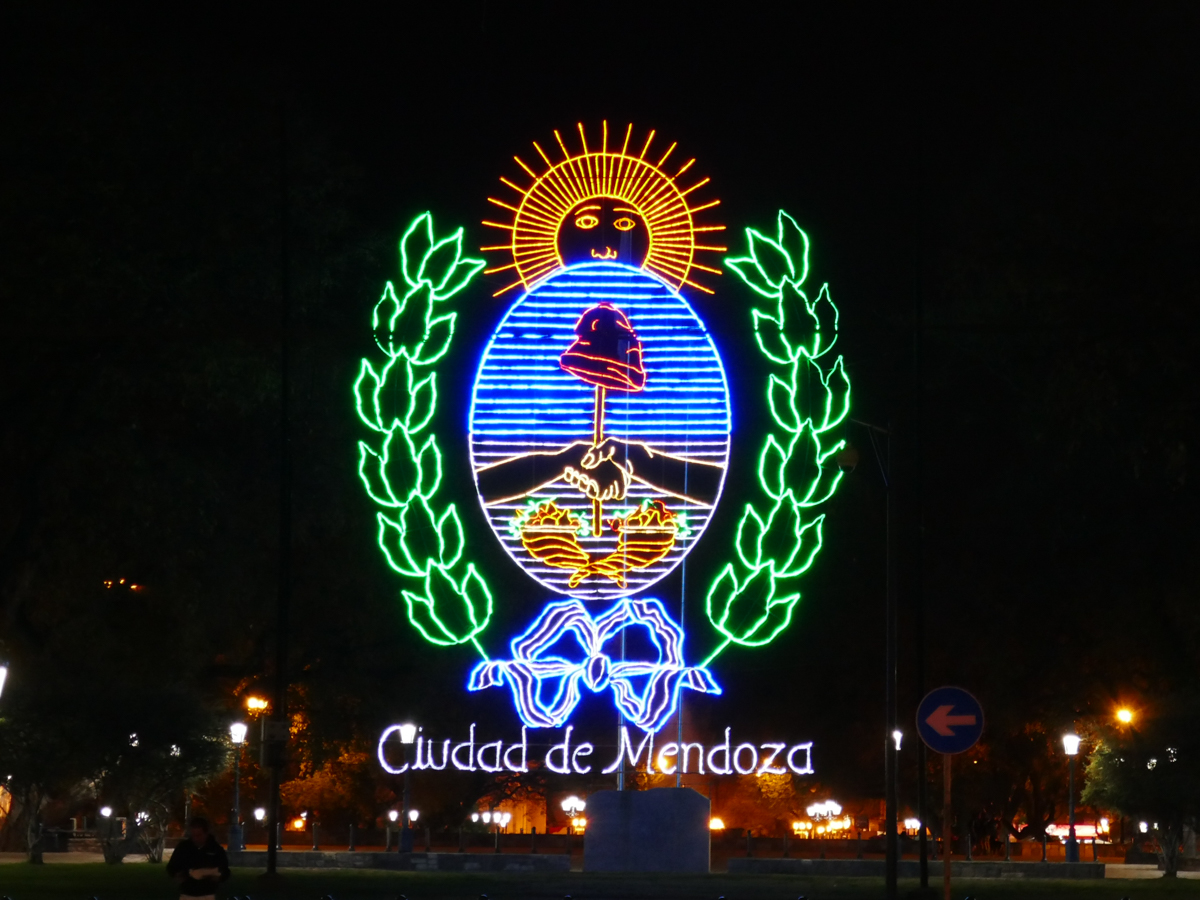

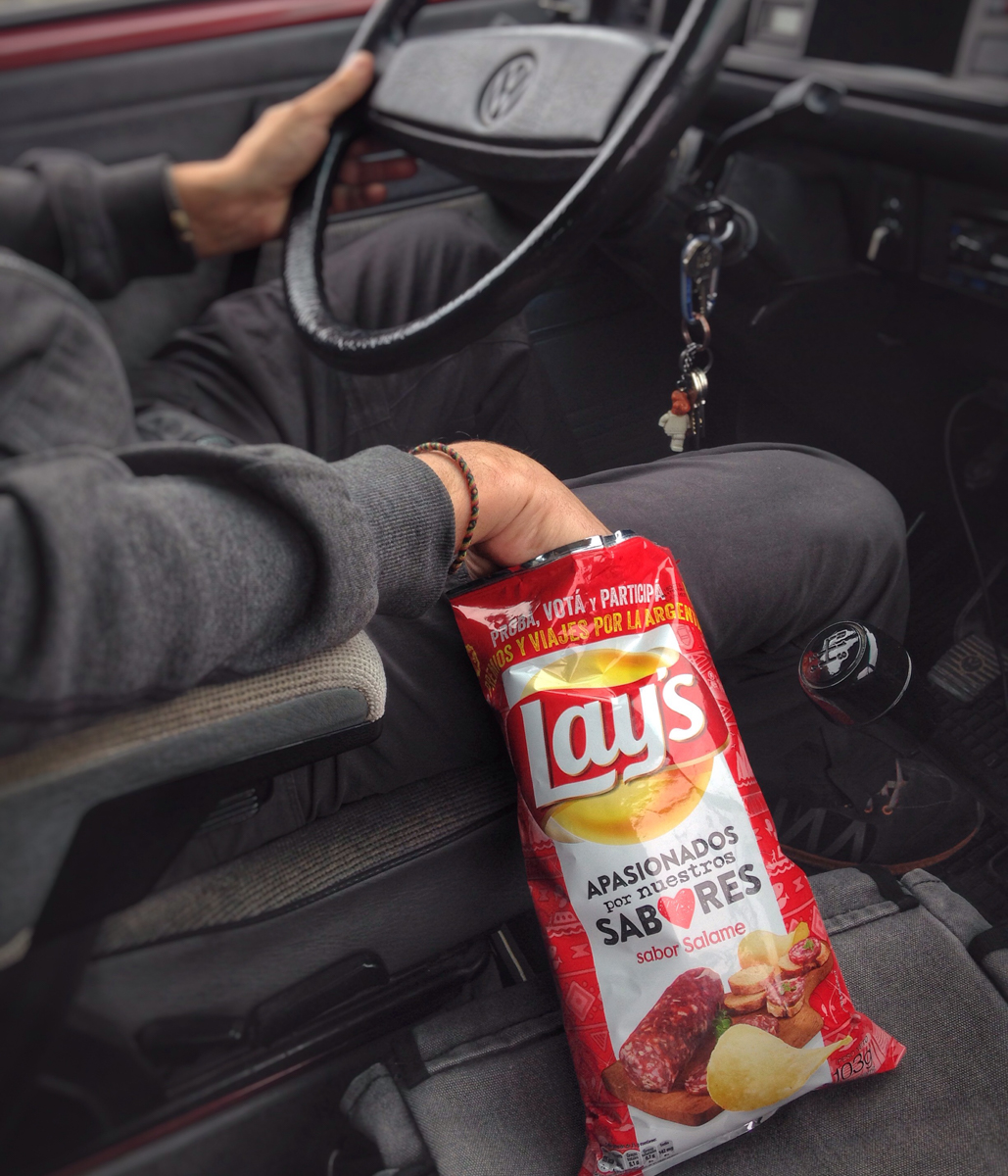
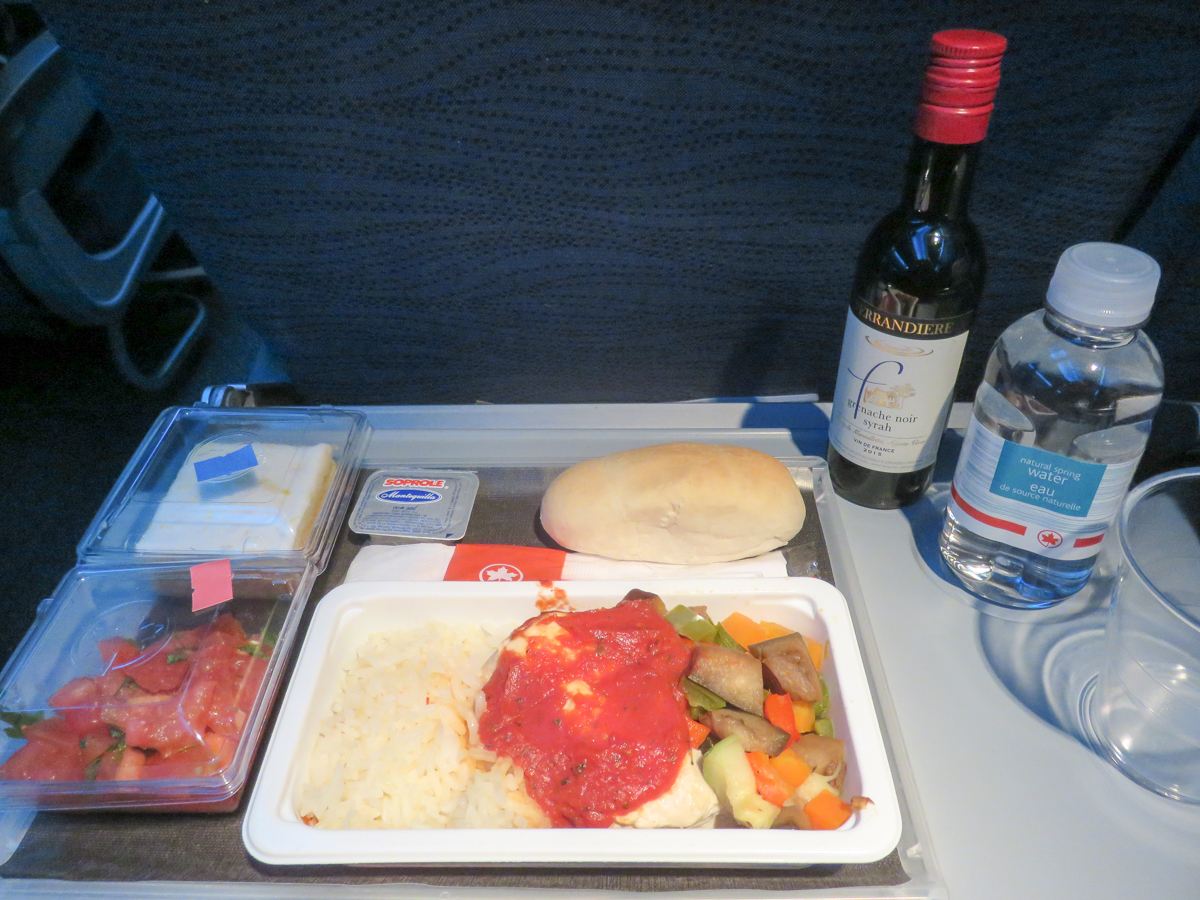
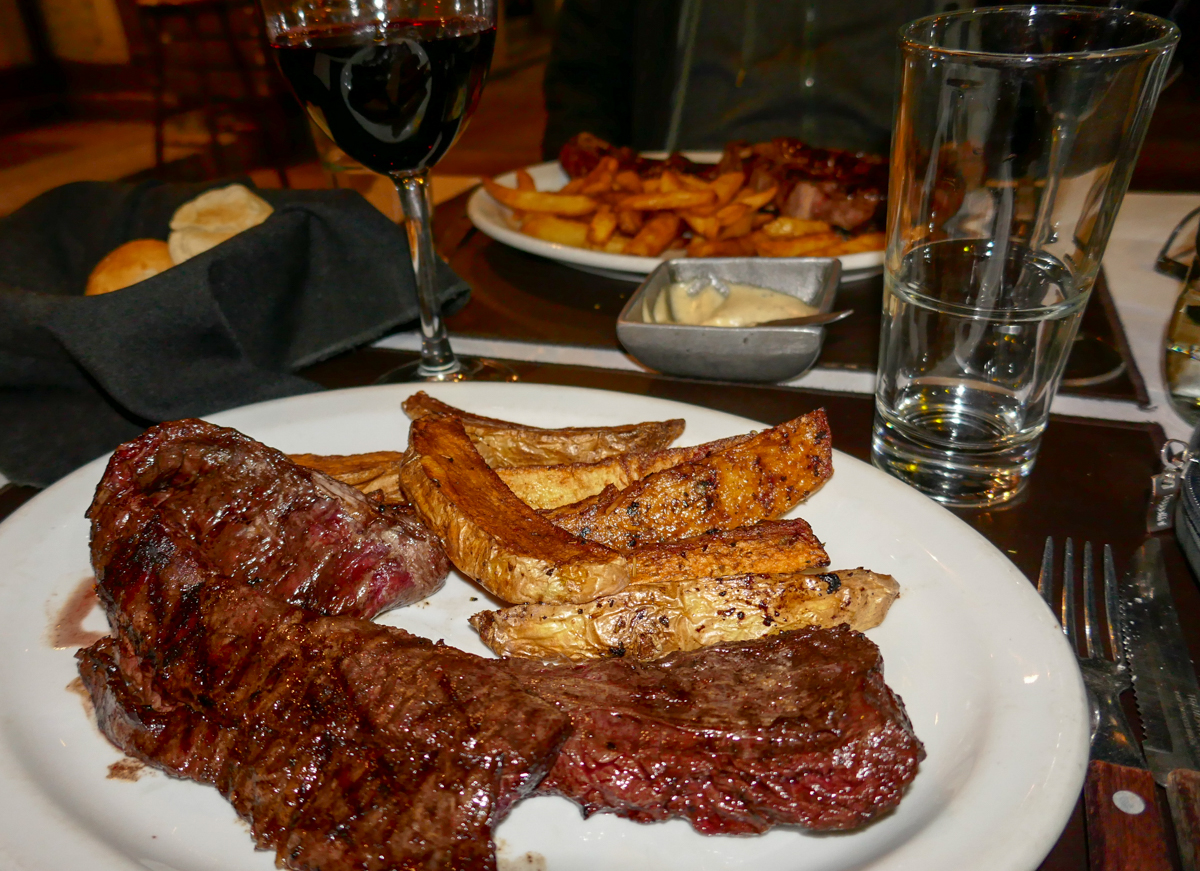
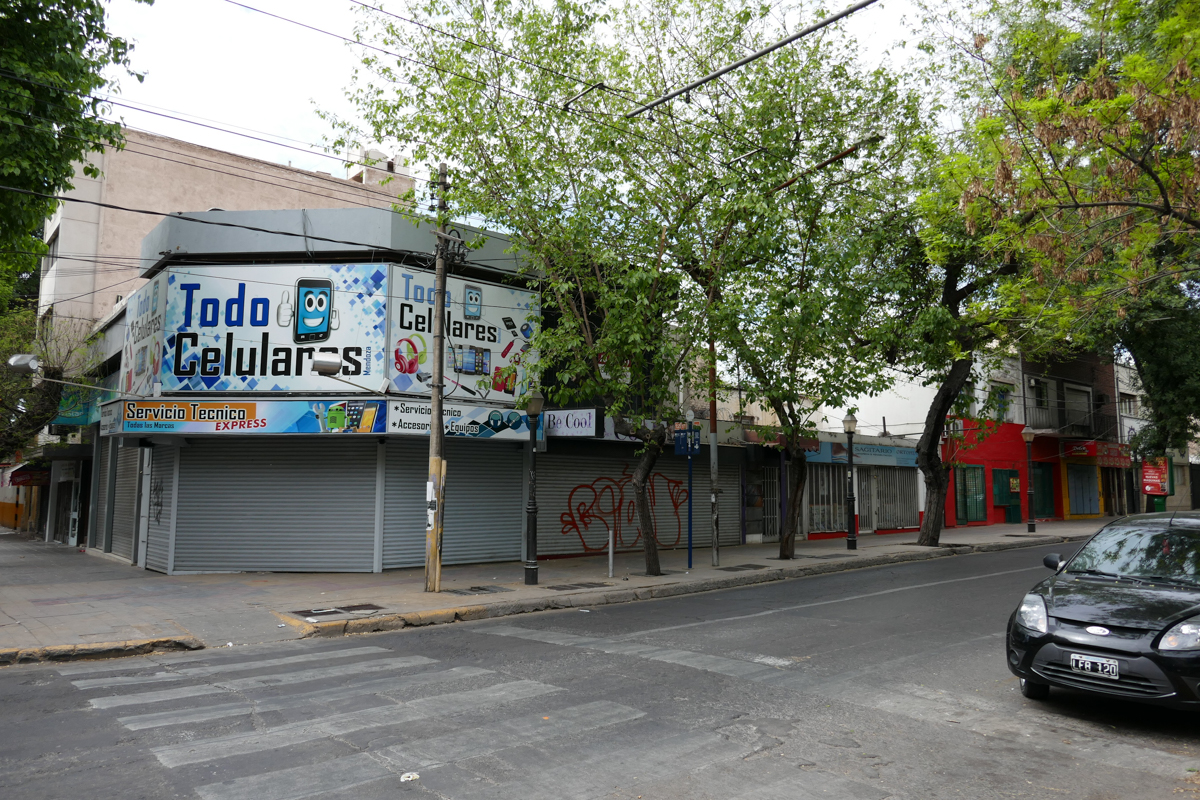
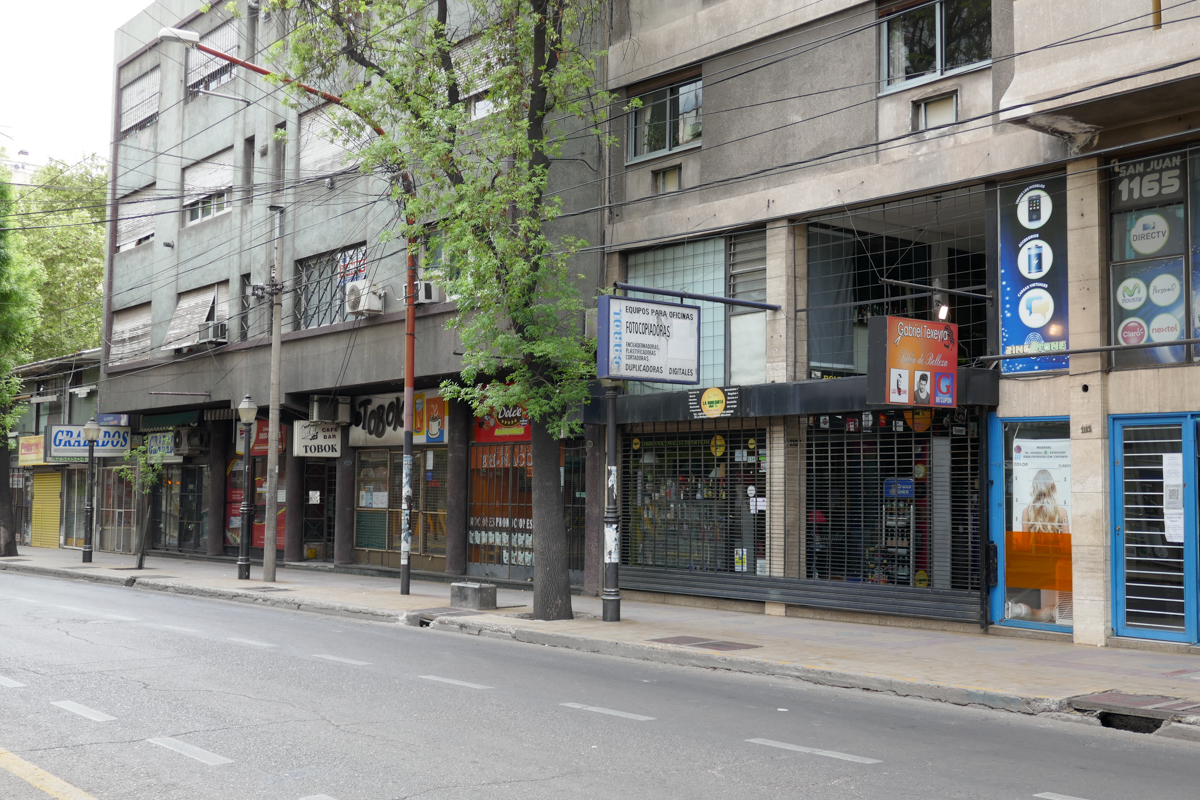
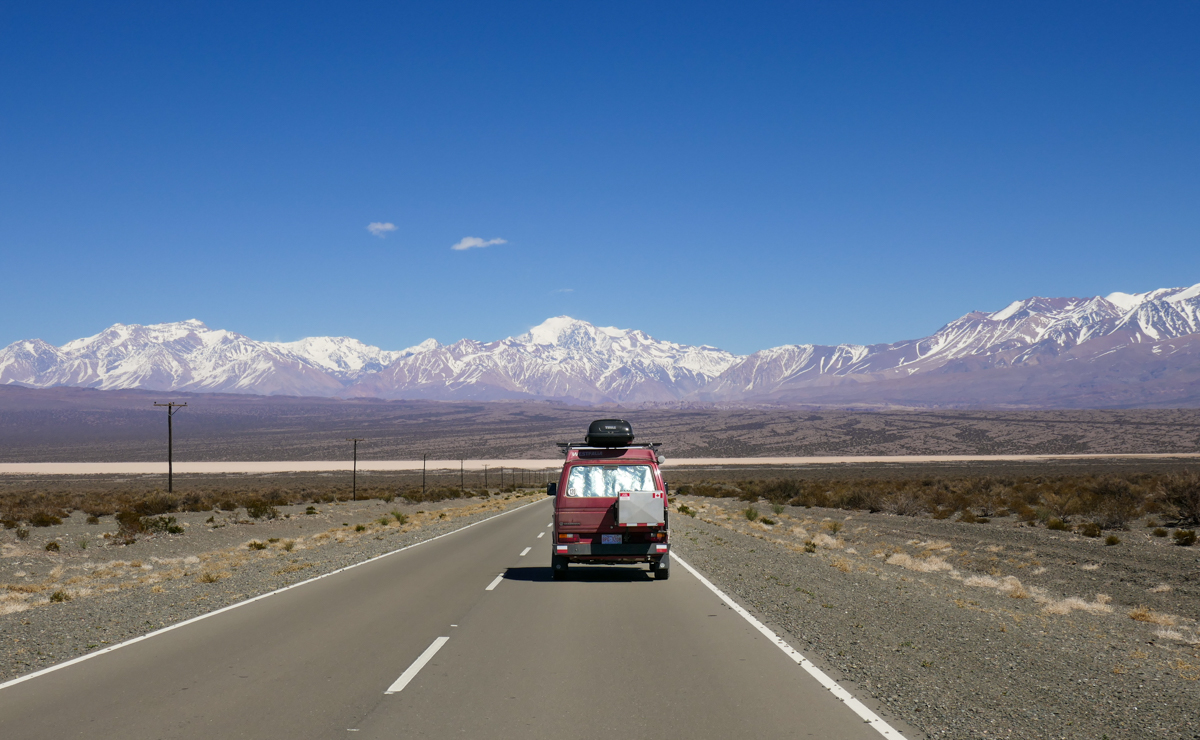
Were there some hefty fees charged to enter Argentine?
As Canadians we had to pay reciprocity fees, but not really ‘hefty’. I forgot the exact amount, but around $100 CAD per person.
Gregor’s Mobile VW service , maybe a career change . Ah the Argentinian BEEF and red wine , life is sooo… good .
I am Gregor’s Mobile VW Service….I just work on one VW though 🙂